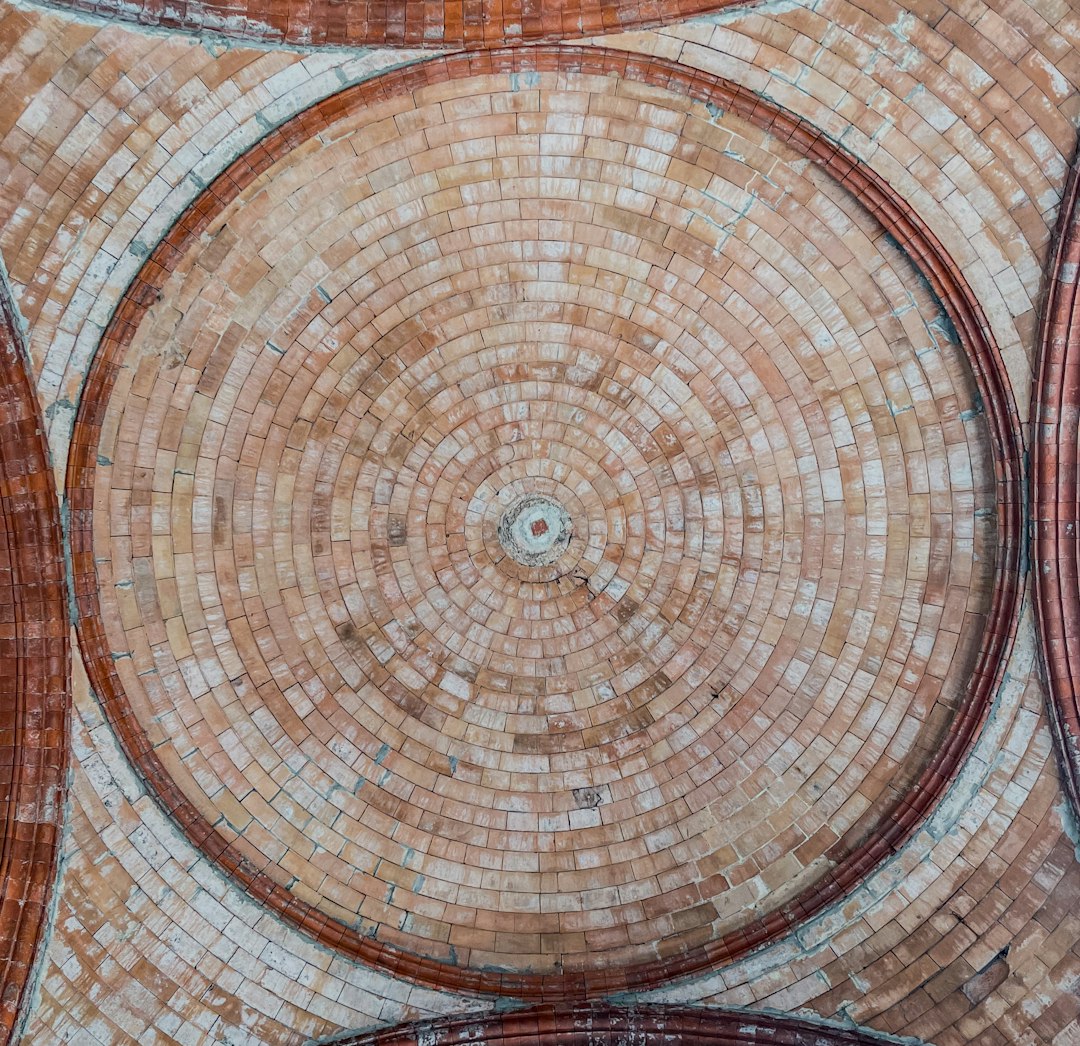Conceptual Design vs. Detailed Design
What's the Difference?
Conceptual design focuses on the overall vision and high-level requirements of a project, while detailed design delves into the specifics and intricacies of how the project will be implemented. Conceptual design is more about brainstorming and exploring different ideas, while detailed design is about creating concrete plans and specifications. Conceptual design sets the foundation for the project, while detailed design brings that vision to life with precise details and technical specifications. Both stages are crucial in the design process, as they work together to ensure a successful and well-executed final product.
Comparison

| Attribute | Conceptual Design | Detailed Design |
|---|---|---|
| Focus | High-level, abstract view of the system | Low-level, detailed view of the system |
| Scope | Broad, overall requirements and functionality | Specific, detailed requirements and functionality |
| Level of Detail | Less detailed | Highly detailed |
| Timeframe | Early stage of the design process | Later stage of the design process |
| Stakeholder Involvement | More involvement from stakeholders | Less involvement from stakeholders |

Further Detail
Definition
Conceptual design and detailed design are two important phases in the design process of any project. Conceptual design is the initial phase where the overall concept and ideas are developed. It focuses on the big picture and the high-level requirements of the project. Detailed design, on the other hand, is the phase where the specific details and specifications of the project are defined. It involves creating detailed drawings, plans, and specifications that will guide the implementation of the project.
Scope
Conceptual design is more about exploring different ideas and possibilities. It is a creative process where designers brainstorm and come up with innovative solutions to meet the project requirements. The scope of conceptual design is broad and flexible, allowing for exploration and experimentation. Detailed design, on the other hand, is more focused and specific. It involves refining the ideas generated during the conceptual design phase and translating them into detailed plans and specifications.
Level of Detail
Conceptual design is characterized by a lack of detail. It is more about capturing the essence of the project and defining the overall concept. The focus is on the general layout, flow, and functionality of the project. Detailed design, on the other hand, is all about the details. It involves specifying the exact dimensions, materials, and components that will be used in the project. The level of detail in detailed design is much higher than in conceptual design.
Flexibility
Conceptual design allows for more flexibility and creativity. Designers have the freedom to explore different ideas and concepts without being constrained by specific details. This flexibility can lead to innovative solutions and out-of-the-box thinking. Detailed design, on the other hand, is more rigid and structured. It involves following a set of specifications and guidelines to ensure that the project meets the requirements and standards.
Time and Cost
Conceptual design is usually quicker and cheaper than detailed design. Since it focuses on the high-level concept and ideas, it can be completed in a shorter amount of time and with fewer resources. Detailed design, on the other hand, is more time-consuming and costly. It involves creating detailed drawings, plans, and specifications that require more effort and resources to produce.
Importance
Both conceptual design and detailed design are important phases in the design process. Conceptual design sets the direction and vision for the project, laying the foundation for the detailed design phase. It helps stakeholders visualize the project and make informed decisions about its scope and requirements. Detailed design, on the other hand, is crucial for the successful implementation of the project. It provides the detailed plans and specifications that guide the construction and execution of the project.
Conclusion
In conclusion, conceptual design and detailed design are two essential phases in the design process of any project. While conceptual design focuses on the big picture and high-level requirements, detailed design delves into the specifics and details of the project. Both phases have their own unique attributes and play a crucial role in the successful completion of a project.
Comparisons may contain inaccurate information about people, places, or facts. Please report any issues.